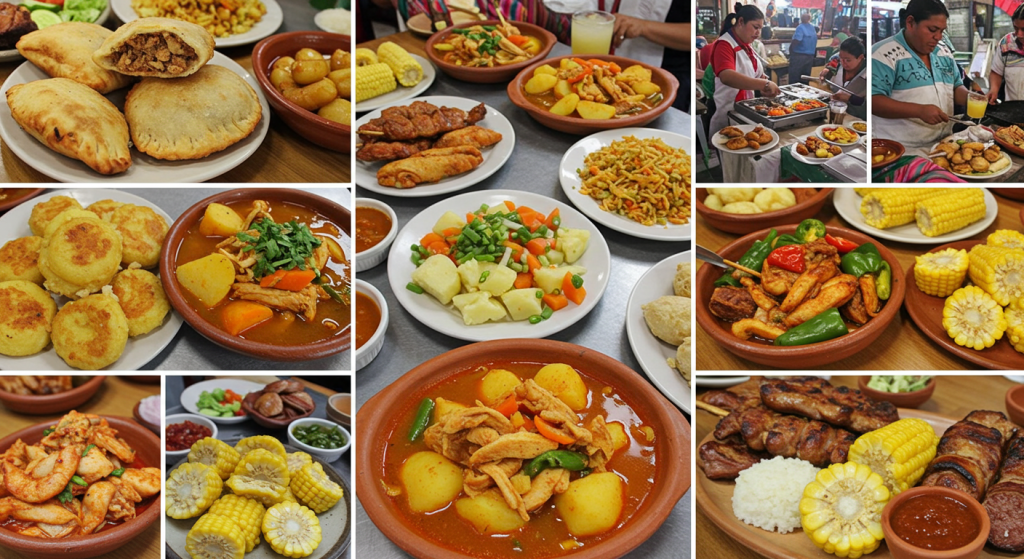
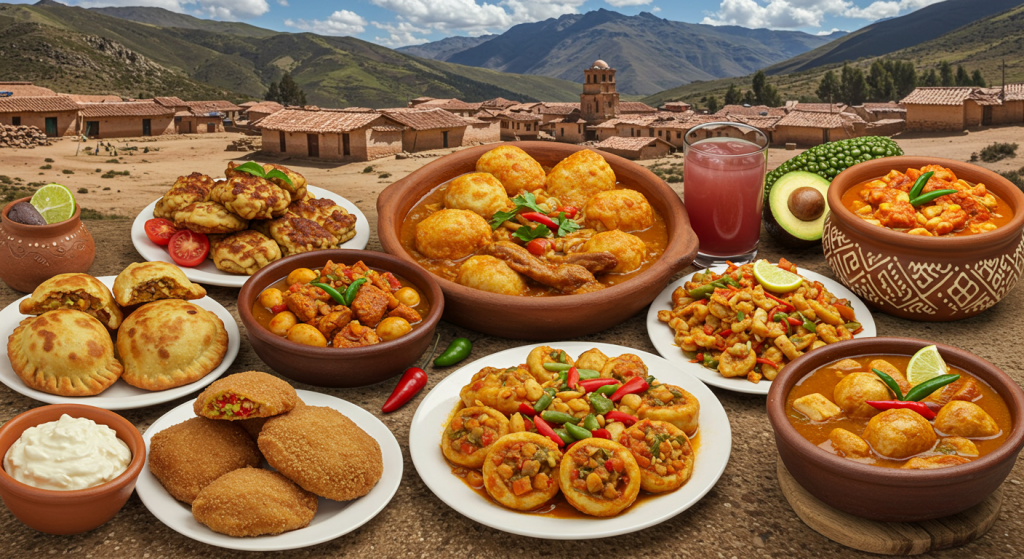
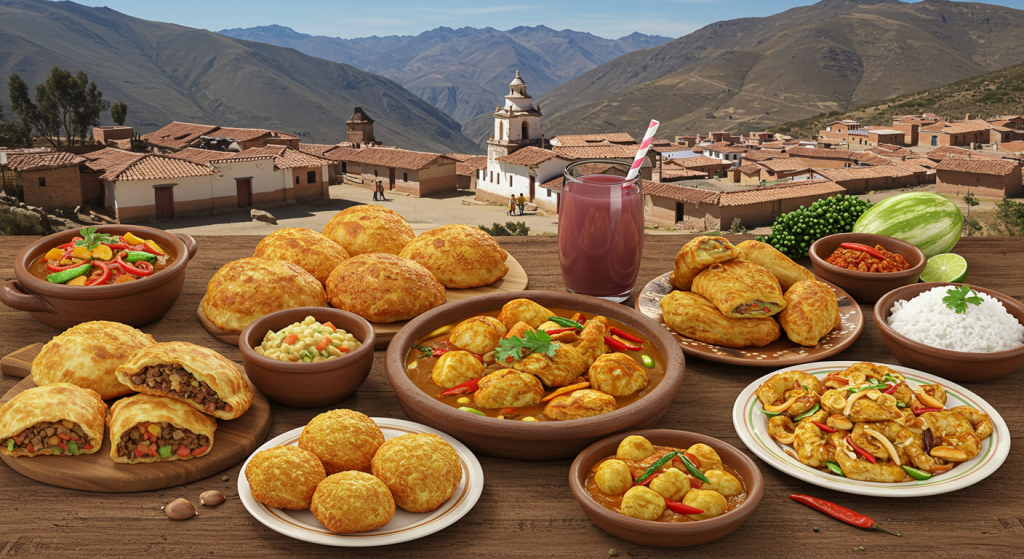
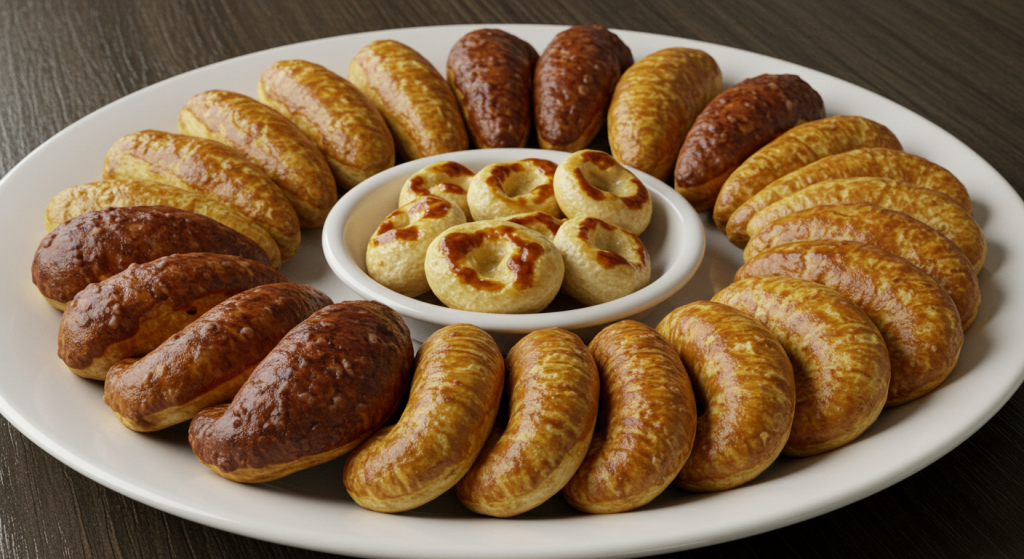
Bolivia, a landlocked country nestled in the heart of South America, is renowned not just for its stunning landscapes but also for its diverse and vibrant food culture. With a blend of indigenous traditions and influences from Spanish colonization, Bolivian cuisine offers a unique gastronomic experience that reflects the country’s rich heritage and biodiversity.
One of the hallmarks of Bolivian food is the emphasis on local ingredients, many of which are native to the Andean region. The topography of Bolivia allows for a wide range of agricultural products, and dishes often showcase the rich variety in textures and flavors. One staple that stands out is quinoa, a nutritious grain that has gained global popularity. Native to the Andes, quinoa is often featured in various dishes, from salads to soups, providing a healthy option for both locals and visitors.
Another key ingredient in Bolivian cuisine is potatoes. With over 1,800 different varieties grown in the country, potatoes are deeply embedded in traditional dishes. One popular preparation is papas a la huancaina, which consists of boiled potatoes smothered in a spicy cheese sauce, perfect as an appetizer or a side dish. The versatility of potatoes is evident throughout Bolivian households, where they may accompany almost any meal.
When it comes to meat, llama is a prominent source of protein. The meat is leaner than traditional beef and is often enjoyed in hearty stews or grilled. One of the most popular dishes featuring llama is salteñas, Bolivian empanadas filled with spicy llama meat, potatoes, peas, and sometimes hard-boiled eggs. These savory pastries are a favorite for breakfast or as a snack and are an essential part of Bolivian street food culture.
For a taste of the highlands, one cannot overlook sopa de maní, or peanut soup. This dish, traditionally made with ground peanuts, vegetables, and sometimes meat, showcases the fusion of flavors that make Bolivian cuisine so unique. It’s particularly popular in the colder regions of the country, providing warmth and comfort during chilly nights.
Bolivia’s culinary diversity can also be experienced through its beverages. Chicha is a traditional fermented drink made from corn, and it holds cultural significance within many communities. It’s often served during festivals and communal gatherings, reflecting the social aspect of dining in Bolivia. For those seeking something non-alcoholic, api is a warm beverage made from corn and flavored with spices, perfect for enjoying while exploring the markets or streets.
Despite the variety found within bolivian cuisine, one common theme is the community aspect of meals. Sharing food is an essential part of familial and social gatherings, whether it’s at a bustling market, a local restaurant, or around a family table. The heartwarming hospitality of Bolivians shines through as they share their traditional recipes, inviting everyone to savor the flavors of their culture.
As Bolivia continues to gain recognition in the global culinary scene, it’s clear that its food culture remains deeply rooted in tradition while evolving with modern culinary influences. Whether you are sampling street food in La Paz or enjoying a homestyle meal in a rural village, the experience promises not only a feast for the senses but also a deeper connection to the rich cultural tapestry that defines Bolivia. Exploring Bolivian food is truly a journey, one that reflects the warmth, history, and spirit of its people.
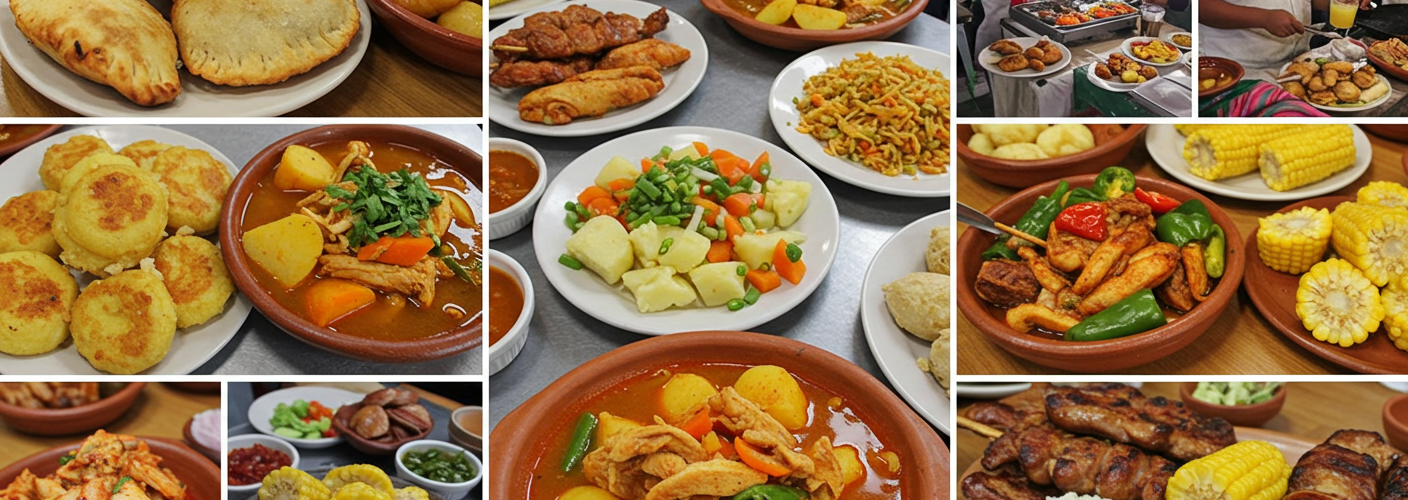
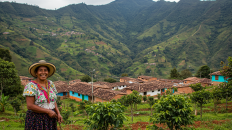


Add comment